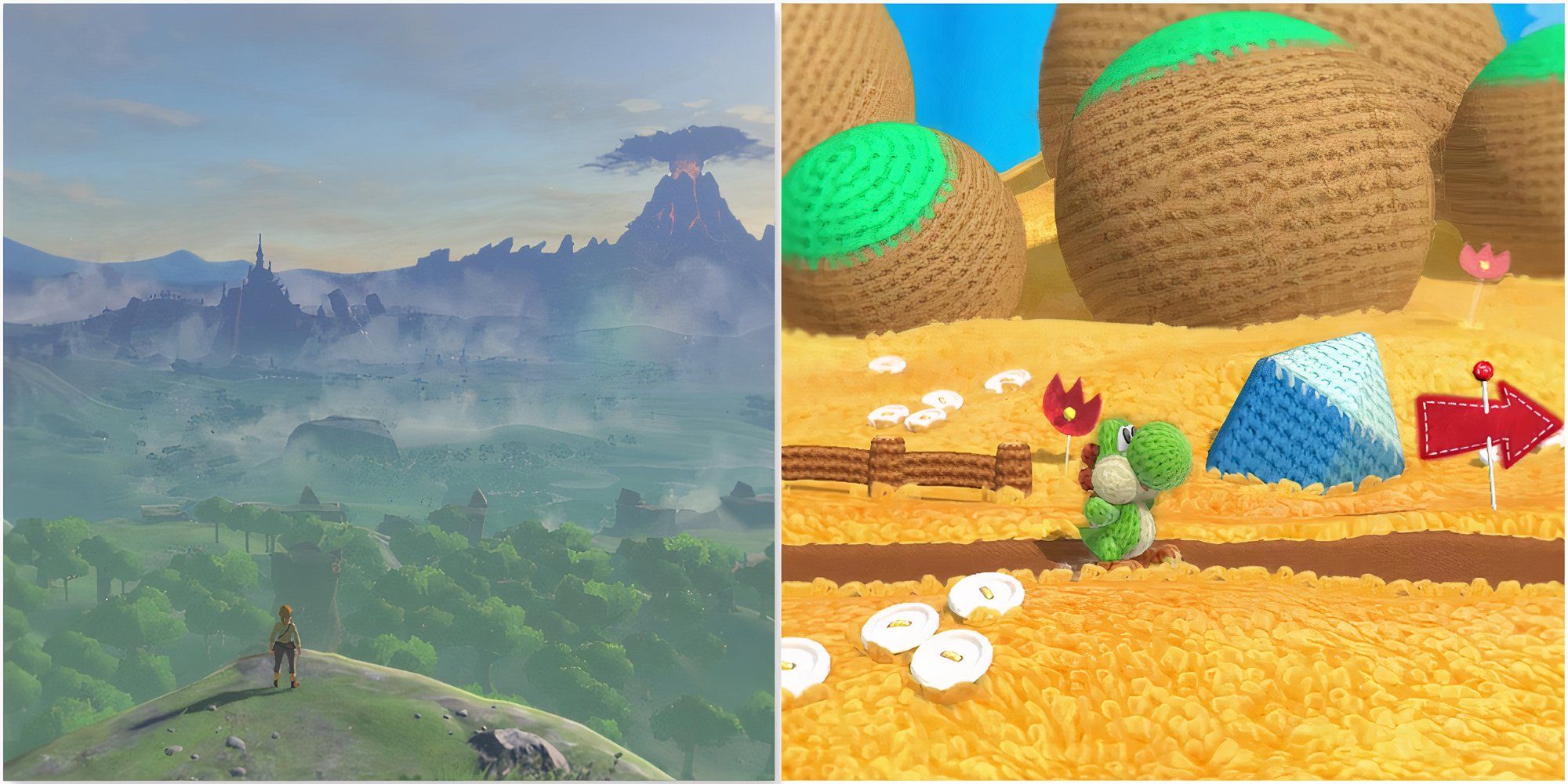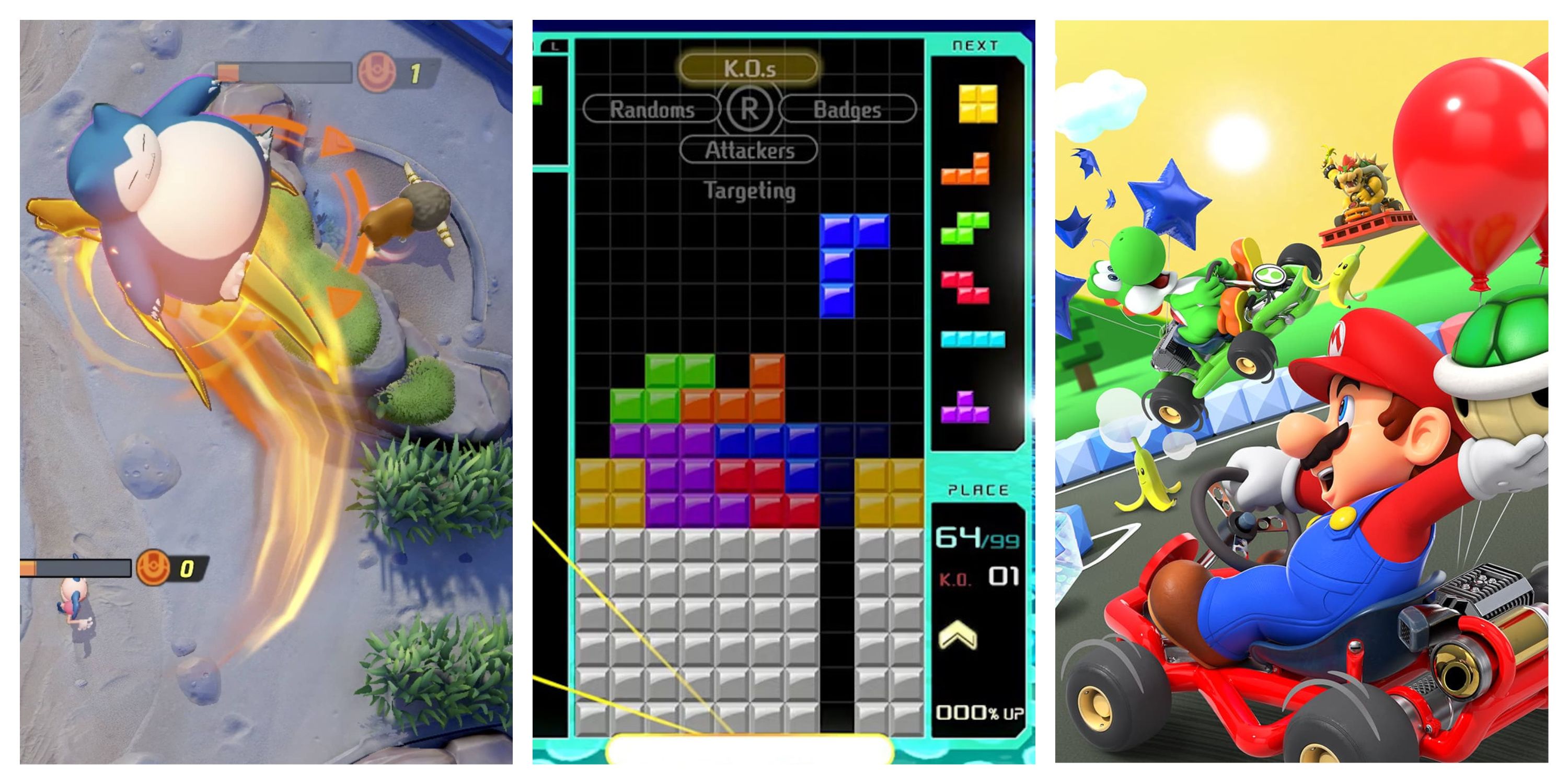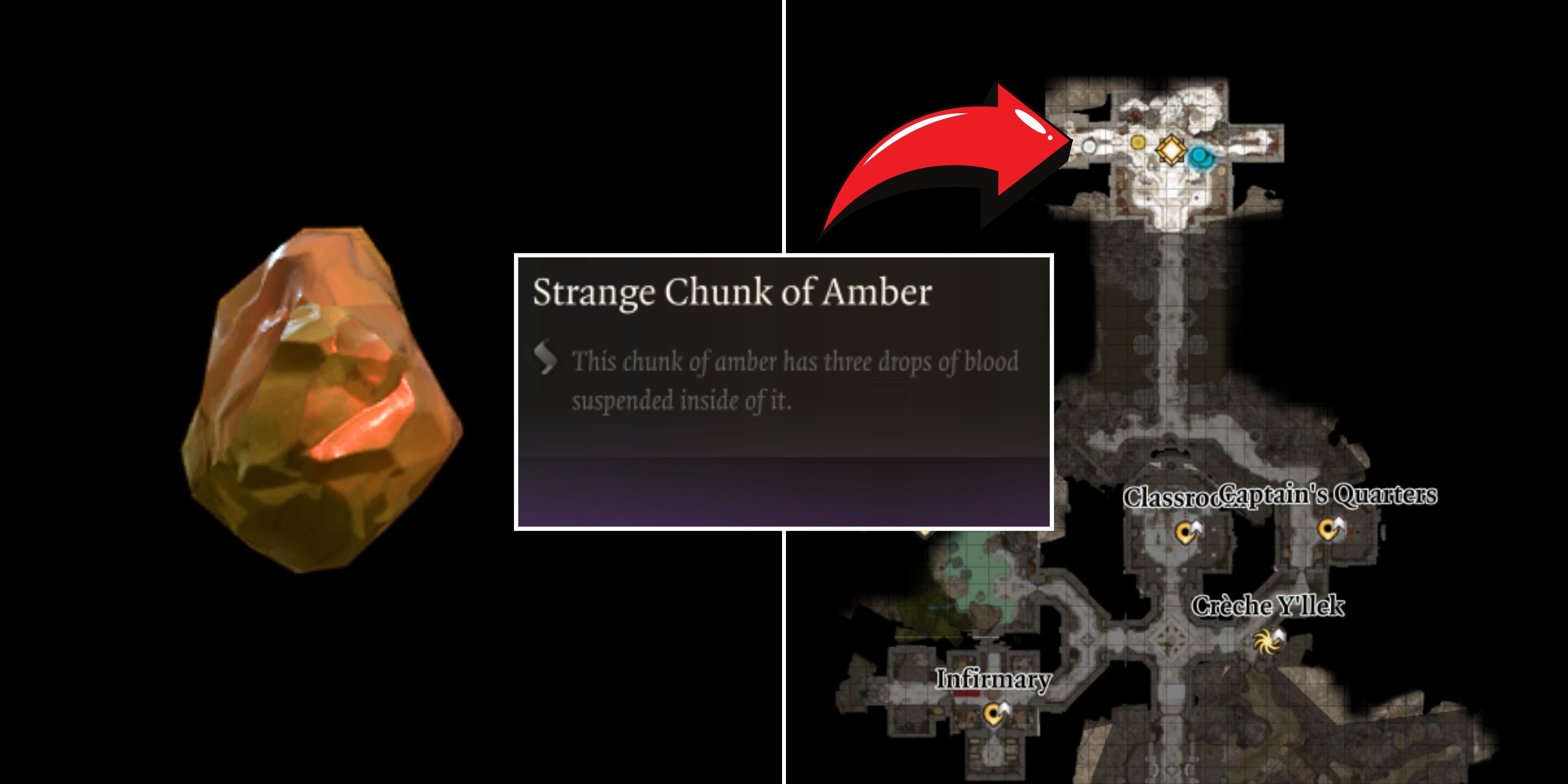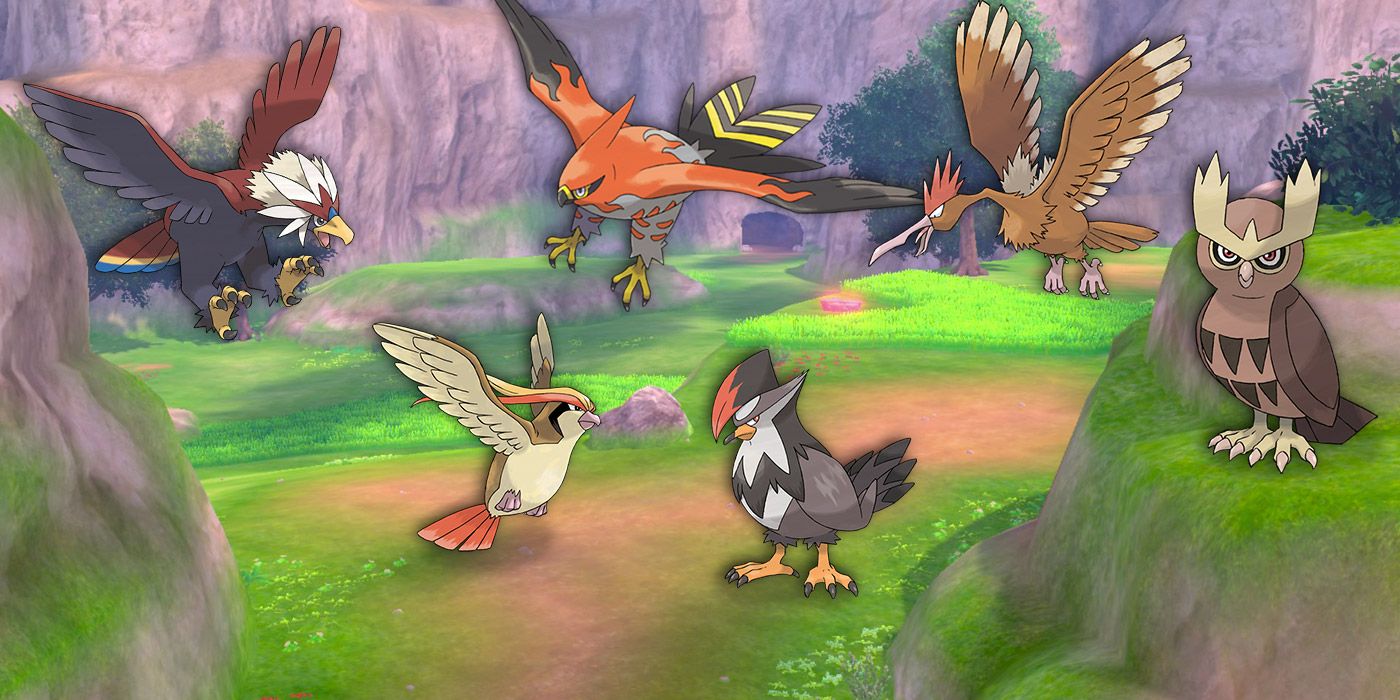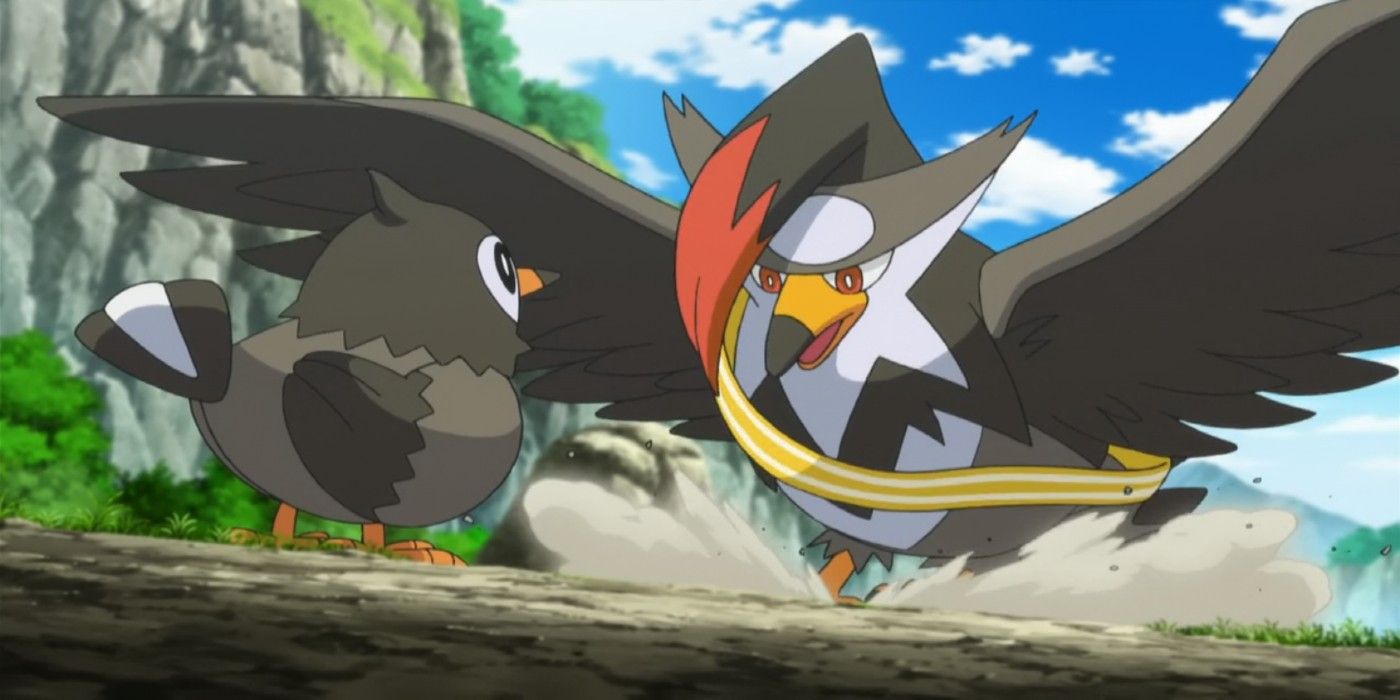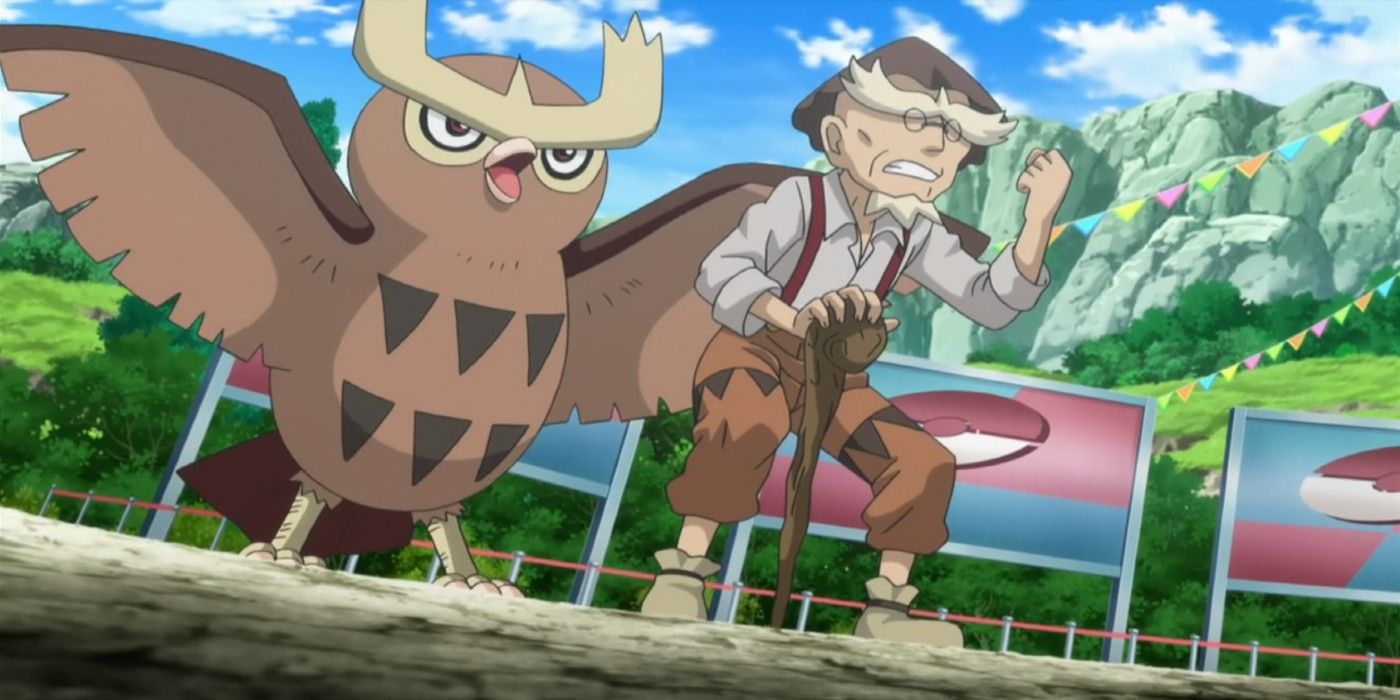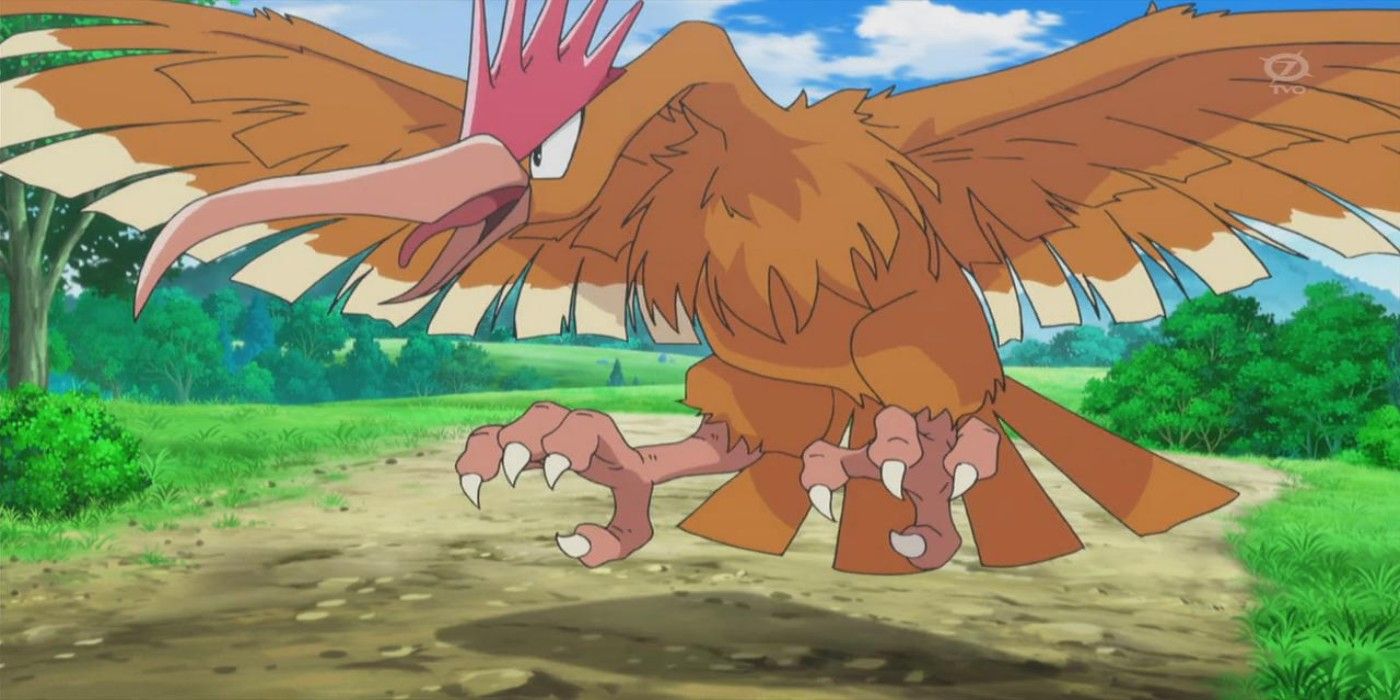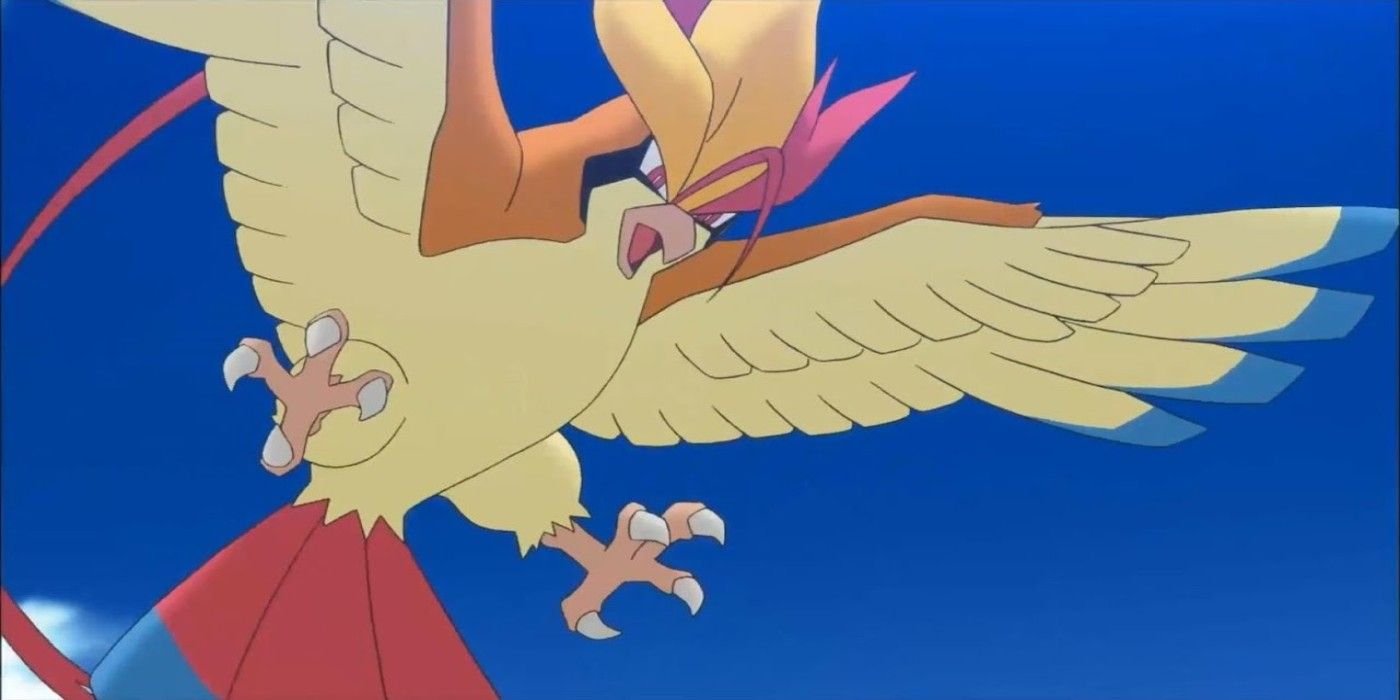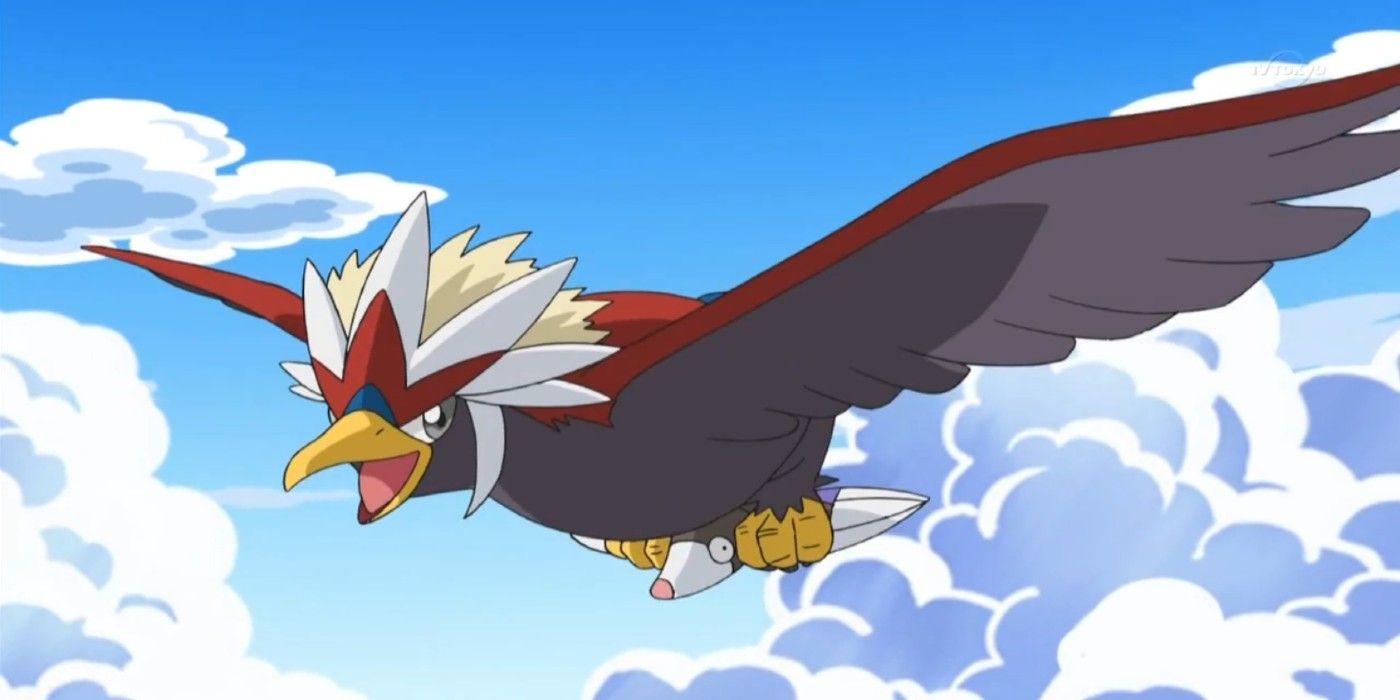It's been almost a quarter of a century, and the Pokemon franchise is still thriving, although there are a lot more monsters available to catch now than there were when PokemonRed and Green released. Over the years, players have gotten access to eight generations of main games and a whole plethora of side games and spin-offs, all of which present a different angle at the huge world of Pokemon.
Through these generations and regions in the Pokemon series, officially a grand total of 893 Pokemon has been revealed. Many players have gotten into deep dives about what exactly inspired each monster's design and theme, although some are more obvious than others. Rapidash is clearly a flaming horse, but not everyone would be able to tell Slowbro and Slowking are based off Japanese oni. Of the types of design inspirations, it can be interesting to take a look into what makes them similar and what makes them unique. Here are some of the Pokemon inspired by real-life fierce animals, the birds of prey, or raptors.
Staraptor
This Pokemon takes an explicit reference to birds of prey in the second half of its English name, and its Japanese name, Mukahawk, references them again. Like the others in its evolutionary line, Staraptor is partially influenced by starlings (again referenced in its English name), but also looks like a combination of other raptors like hawks and eagles. The long-crested eagle in particular shares the feathers extending from the face, although in Staraptor, they are more vibrantly colored. And it's not a bad Pokemon to catch in Gen 4, either, as Staraptor proves to be underrated compared to some other first-route bird evolutions.
Noctowl
Noctowl stepped into the franchise early, way back in Pokemon Gold and Silver in the second generation of main games. Its name and design make it clearly inspired by owls, particularly the Horned Owl. Its head plumage is more pronounced than the real-world bird's "horns" are, but the parallel is apparent. Its Pokemon Gold Pokedex entry also references Noctowl's ability to see in the dark and rotate its head, just like real owls do, although the head rotation in Pokemon is supposedly to boost its intellect. Pokemon Pearl took this one step further and claimed that when Noctowl is thinking its deepest thoughts, its head is all the way upside-down.
Fearow
Fearow appears to be a combination of a lot of different birds, including a long-necked heron, a combed rooster, and particularly a vulture for its huge wings and beak shape. According to the Pokedex entries, it combines a few real-world bird hunting techniques to catch food, including using its beak to root out underground insects like a sandpiper, and divebombing its targets like a falcon. Unfortunately, some players dislike Fearow for not having high enough Speed and Attack to earn a place on a Pokemon team. This just goes to show that some Pokemon sound a lot more effective at battling in their Pokedex entries than they actually do when one looks at the numbers.
Pidgeot
The still-popular Pokemon Pidgeot has been in the Pokemon franchise since the beginning, with its first form Pidgey being the very first Route 1 bird Pokemon catchable. Like many other raptor-inspired Pokemon, Pidgeot resembles a number of different birds, with the size and behavior of a hawk or osprey, and the feather crest of a cockatoo. Its plumage and coloration are even more vibrant in its Mega Evolved form, and they aren't just for aesthetic purposes. Its Pokedex entries claim that its bright colors are used to convince trainers to catch them and enemies to fear them.
Braviary
Braviary stands almost 5 feet tall, making it a lot bigger than even the largest real-world birds. It appears to be based on the Bald Eagle, and even shares the red, white, and blue color scheme of the United States' flag. Braviary even embodies some American cultural stereotypes, as seen in its Black and White Pokedex entries, which paints it as eager to defend its allies in fights. It's also been speculated that Native American feather warbonnets had an influence on Braviary's design, making this Pokemon symbolic of multiple types of American culture. Many Pokemon take inspiration from different countries' traditions, especially Nintendo's country of origin, Japan.

